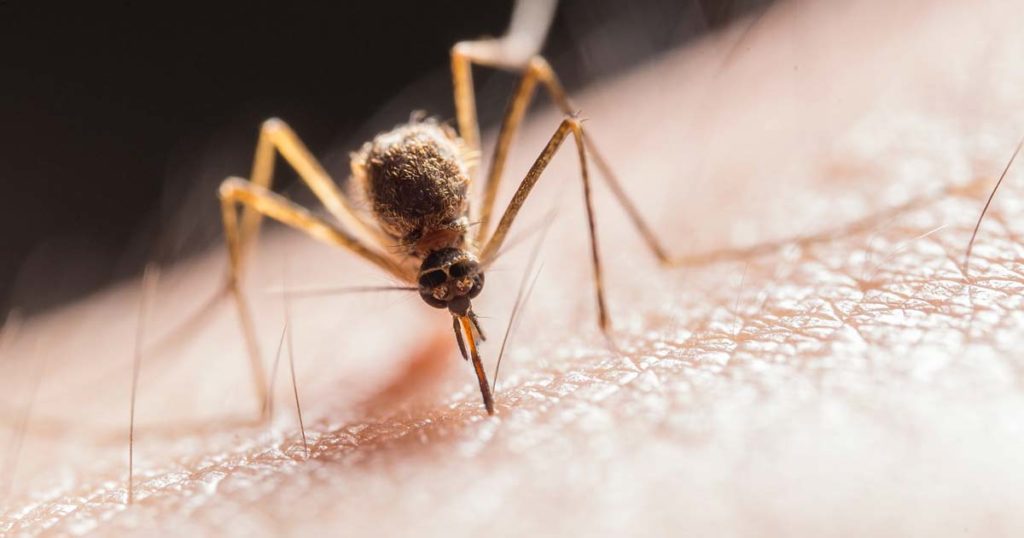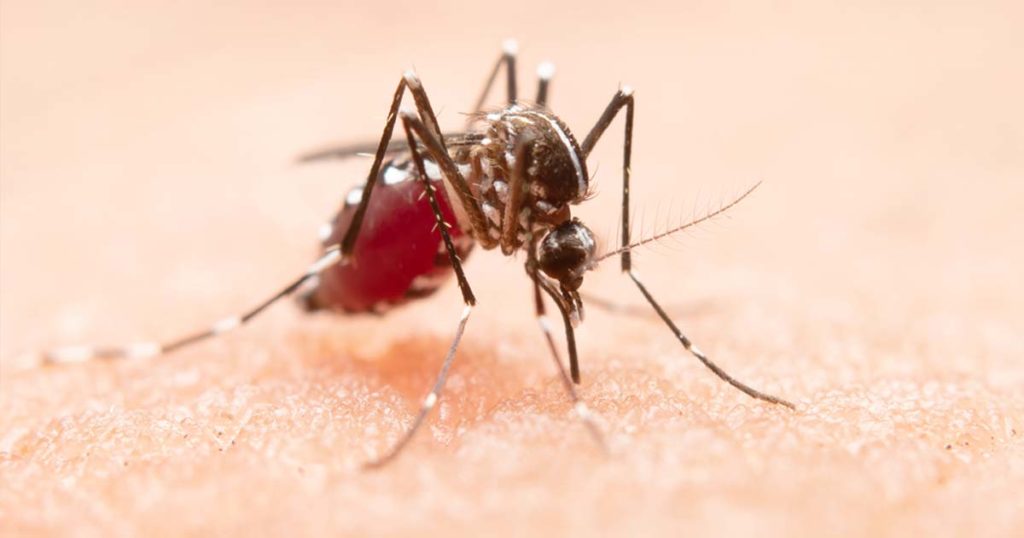Atopic people are people who have sensitivities to many things and may possibly suffer from asthma or eczema.. Estimates of cat allergic people range from 2% to 15 % . Perhaps the hair of the family cat or the saliva of a cat kiss or even cat urine may stimulate this allergic response. A response to a cat bite isnt an allergy but a medical emergency of a different sort requiring antibiotics. Similarly, Cat Scratch Fever is not an allergic reaction but an infection from the saliva or scratch of cat.
Is it the cat, or maybe it’s the dog, or maybe the mold in the cellar or the feathers in the pillowcase or the daily glass of milk that might be the cause the allergic reaction?
How to be Sure Whether the Cat Causes the Allergies
There are different degrees of reactions to cats. A sneeze upon entering the home that diminishes in the course of the afternoon may signify a mild allergy to something, a chill, or a cold. Air borne cat microscopic proteins entering the lungs causing progressive worsening of breathing and wheezing signify serious allergy.
- Cat dander, dead skin, is what may cause the allergy. The cat allergy may be due to a protein albumin in urine spit or blood of the cat.
- Sneezing around a longhaired shedding cat doesn’t necessarily mean you are allergic to the cat. The fine hair is an irritant not an allergen.
- Red swollen eyes around a cat, on a daily basis, means cat allergy. Occasional red eyes or pink eye is a bacterial or viral infection not caused by the cat.
- Coughing occasionally around the cat isn’t cat allergy. Wheezing around a cat and not otherwise, and not being previously diagnosed with asthma is a cat allergy.
- Asthmatics may or may not be allergic to cats.
- Itchy rash when around the cat is cat allergy. Itchy rash after baths or in winter may not be related to the cat. Seasonal rashes aren’t cat related.
- Dust mites, mold, or dogs, past and present may be the cause of the allergy. Or it could be the oak tree right outside the window.
- The most common cat allergen, Fel d 1,has been proven to rest in the clothes of people exposed to it.
Cat Feline Allergy Tests to Determine Allergic Response to Cats
All tests have some degree of error and uncertainty but are helpful to ascertain a negative result and show when there is no allergy. There can be a false positive. The most common tests are mentioned here.
- RAST (radioallergosorbent test) is a blood test, typically used to determine food allergies, it can also b e used to determine cat allergy.
- Skin pricks invlove embedding the broken skin with the allergen and waiting approximately 20 minutes to see a skin reaction or whelt.
- Intradermal skin test is an injection right under the surface of the skin using the allergen. Again, a reaction is seen in minutes to hours if positive.
- Withdrawal of the allergen may not always be a good test. Although removal of the allergen may immediately result in reduction of symptoms sometimes the allergen resides in the curtains or tablecloth or rugs if used. A thorough cleaning is necessary to determine if it’s the cat or something else causing the reaction.
- Removing the person from the environment. This isn’t fool proof either since the cause of allergy isn’t ascertained. Leaving home for the mountains for example might free the person from allergy but not determine if the cat or something else was the cause. (Arizona now has more people with allergies than many states since so many moved to escape allergies they only rediscovered elsewhere or passed on genetically to offspring.)
Living with Cats and a Cat Allergy
For some people the cat is beloved and such a part of the family, an allergy isn’t enough to banish it from its home. Those people are commendable but it is understandable if some cant live with the problem and the allergic reaction is so serious that health is jeopardized. Here are some solutions to living with a cat allergy.
- Remove rugs from the home and substitute tile or cement floors.
- Vacuum daily. Use a filtered hepa vacuum if possible.
- Use an air purifier.
- If possible have someone else do the cat litters
- Indoor cats may or may not produce allergens. Letting the cat out may remove the source of allergy only to let it return with more dander and increase the human discomfort.
- On the other hand, an indoor cat may not pick up additional outdoor allergen s and may be more acceptable.
- Bathe the cats to remove loose fur, saliva, and dander.
- Give your cat a sleeping area. Don’t sleep with the cat.
- If you must sleep with the cat, don’t let in on your pillow
- Cover the bed each day with a bedspread.
- Keep the cat off the dining table.
- Have as few fabrics decorating the home as possible. Avoid curtains if possible.
- Sometimes using an over the counter allergy med or a prescription one and or a nasal inhaler keeps the irritant at bay and cat and human live happily together.
- Cats, like people, are unique. One cat may cause an allergy while another may not.
- Hairless cats are not allergy free to humans.
- There are allergy shots comprised of the allergen that may help some people. Allergists and veterinarians often have the most recent information.
References
- Allergy and Immunology Focus on cat Allergen, vol 132 (1) 2003
- Int Allergy and immunology Sensitization to cat 2010;151:265–274






